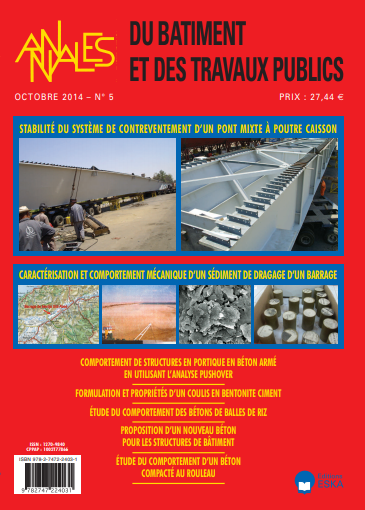EVALUATION OF THE GAIN OF DURABILITYPROVIDED BY THE USE OF A CONTROLLEDPERMEABILITY FORMLINER FOR CONCRETE INMARITIME SITE
Abstract
The purpose of a controlled permeability formliner is to improvethe characteristics of concrete skin. In practice, the method isimplemented on the shuttering prior to the pouring of concrete.By increasing the surface compactness of concrete withindrainage of excess water, this process should improve thedurability of reinforced concrete relative to the reinforcementcorrosion. The use of such a process would therefore serve toincrease the service life of reinforced concrete marine structuresby improving the properties of concrete and slowing skinchloride penetration causing corrosion.This study, conducted at the request of CETMEF, aims to qualifyand quantify the gain of sustainability provided by the use of acontrolled permeability formliner. It is based on the evaluation ofdurability indicators and monitoring parameters. Theexperiment is based on the achievement of characterization testson the tests specimens made using a a controlled permeabilityformliner.A device called a “accelerated aging” by cycle of artificial tidalin a pool has been designed to accelerate the penetration ofchlorides and thus assess the impact of controlled permeabilityformliner in the process of chloride penetration. The experimentlasted 454 days. The tidal system has accelerated thephenomenon of chloride penetration. At the end of theexperiment, we observed lower concentrations of chloride in theconcrete cover of trials carried out with controlled permeabilityformliner. The study also shows that the use of such a process hasa significant impact on durability indicators and monitoringparameters.







